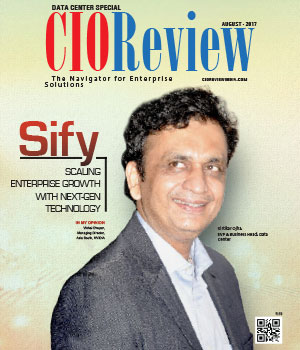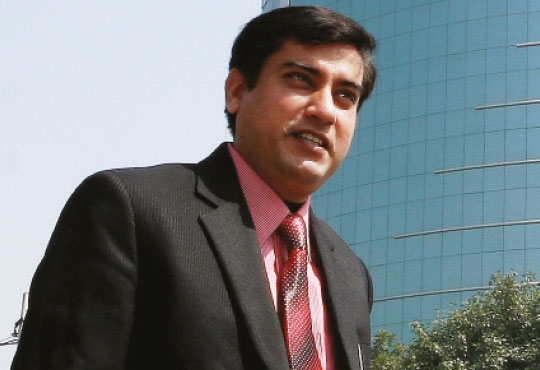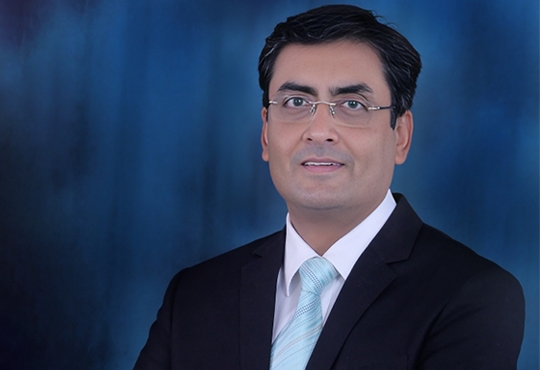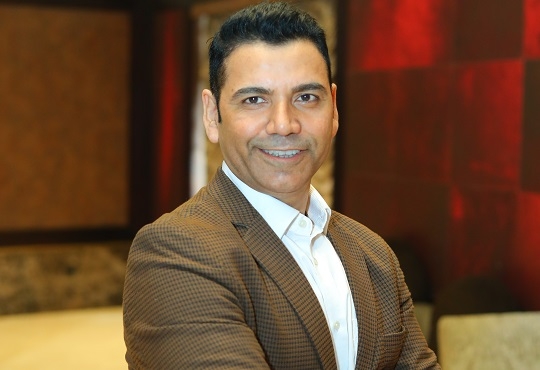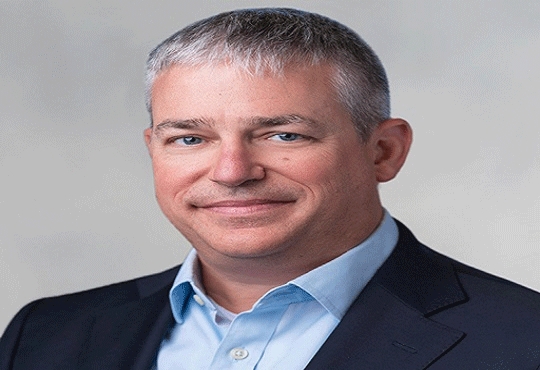
Do More with Less: Efficiency in Data Center Power and Cooling
Ravi Raj, Director Sales & Support, NetRack Enclosure | Wednesday, 11 May 2016, 07:04 IST
 At a time when organizations are trying to save every dollar on investments, it is important to ensure that IT systems are running efficiently and performing to the best of their capacity.
At a time when organizations are trying to save every dollar on investments, it is important to ensure that IT systems are running efficiently and performing to the best of their capacity.
Each organization faces a different challenge when it comes to data centers. Investing in efficient power and cooling solutions will help IT decision makers cushion this complex environment. Meanwhile, if you manage to decrease the energy consumed by data centers, it will create an additional saving because it reduces the amount of cooling required in the data center.
Need for Efficient Cooling
On an average, the cooling system consumes 37 percent of the data center electricity, making it the second biggest power consumer after technology systems. Poor implementation of cooling technology will lead to utilizing even more power to run the IT equipment. CIOs have realized that cooling is the second highest opportunity for saving costs in IT energy, after reducing the IT equipment load.
Here are some steps that can be taken to boost energy optimization and systematic cooling.
• Mind the Gap
Cooling losses through ceilings, walls and floors can hugely impact the cooling system efficiency at data centers. Small gaps also allow warm, dusty or humid air to enter the data center premises. Inspect the perimeters and seal any holes you may find. Also, keep doors closed at all times and use a vapor seal to isolate the data center environment.
• Economize Air Flow
Data centers must focus on efficient air movement within the premises. Heat must be kept away from the equipment by using minimum power. This requires elaborate planning in rack configuration, cold-aisle/hot-aisle approach, air conditioner placement and cable management.
• Know Your Usage
Find out how much power your data center consumes and where the energy is consumed. Take a look at the data center's utility bill – a practice not too often followed by the IT department. CIOs and CFOs can examine the bills together to identify ways to make the system more energy efficient. The overall picture will help you to understand how you can make the data center more efficient.
• Create Zones
Creating zones based on applications will enable you to balance the load, server efficiency and redundancy requirements better. Allotting appropriate power and cooling solutions to areas according to requirements results in lesser consumption of power. This way, one mission-critical zone with a bigger load can be allotted a higher level redundancy and cooling than in other low-priority areas.
• Optimize Your Air Conditioning
The cooling system helps to move out heat generated in data centers and cool the environment. By placing two computer room air conditioning (CRAC) units against each other, air is released at different temperatures and CRACs get different humidity readings, while one humidifies and the other dehumidifies the air simultaneously. Also take into account factors like how efficiently the units operate at partial load, and how it functions with sensible and latent heat.
• Consider Virtualization
Virtualization can help reduce energy consumption and costs by replacing many under-utilized physical servers with a single box. Before this step is taken, a CIO needs to create an overall plan and consider its effects on the entire operations. With virtualization, the workload density of some servers will increase. Thus, power and cooling should be provisioned accordingly.
CIO Viewpoint
India and its Data Center Advancements
By By Michael Cantor, CIO, Park Place Technologies
How AI/Machine Learning can Revamp Data Centers...
By Piyush Kumar Chowhan, CIO and Vice President, Arvind Lifestyle Brands Limited
By Sanjay Chowdhry, CIO, Hamdard WAKF Laboratories
CXO Insights
Why A Data First Approach Could Be Your...
By Geetha Ramamoorthi, Managing Director, India, KBR Inc
A Short Guide for Data-driven and...
By Kapil Makhija, VP - Technology Cloud Business, Oracle India
The burgeoning market of prompt engineering in...


